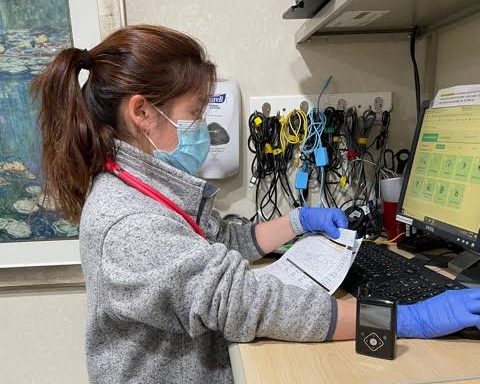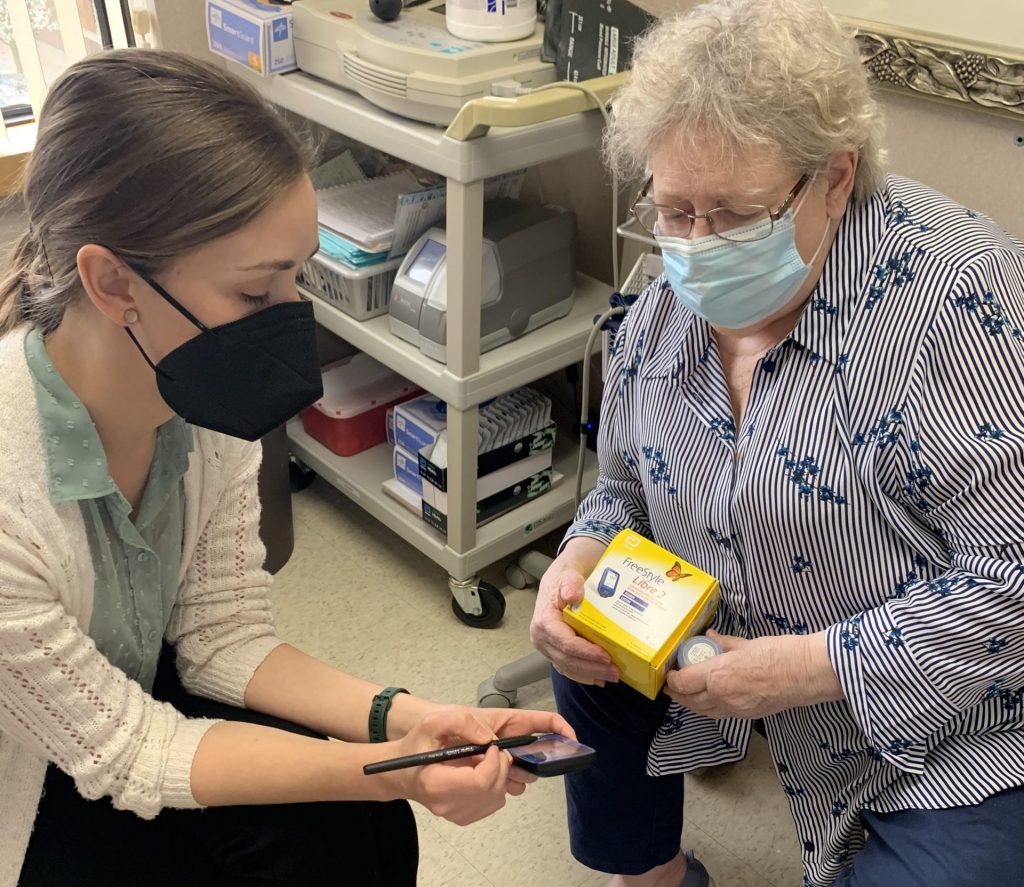Diabetes Types
Diabetes Types

Type 1 Diabetes Mellitus
Is characterized by destruction of the insulin-secreting cells of the pancreas, leading to an absolute deficiency of insulin. Even though type 1 diabetes can occur at any age, most patients develop it before the age of 30. The most common symptoms are lack of energy, constant hunger, sudden weight loss, frequent urination, excessive thirst, and blurred vision. These symptoms can be sudden in onset. Persons with type 1 diabetes can not survive without injecting insulin into their body. About 5% of persons with diabetes have type 1. Prior to 1997, type 1 diabetes was also known as insulin-dependent diabetes mellitus.
Type 2 Diabetes Mellitus
Is a term for individuals who have both insulin resistance (a condition in which the cells of the body resist the action of insulin) and insulin deficiency. People with type 2 range from predominantly insulin resistant with decreased insulin secretion to predominantly deficient in insulin secretion with some insulin resistance. Type 2 diabetes is increasing in frequency as people get older, more overweight and less physically active. Recently there has been an alarming increase in type 2 diabetes occurring in children and adolescents, consistent with changes in their lifestyles. The most common symptoms are, again, lack of energy, increased hunger and thirst, frequent urination, blurred vision, loss of feeling in hands and toes, slow healing of infections or wounds, and weight loss. These symptoms are usually gradual in onset. Persons with type 2 diabetes may initially be treated with diet and exercise and then with pills to treat their elevated blood sugar. Subsequently, however, for many insulin is the only effective treatment. About 90% – 95% of persons with diabetes have type 2 diabetes. Prior to 1997, type 2 diabetes was also known as non-insulin-dependent diabetes.
Gestational Diabetes Mellitus (GDM)
Occurs when a pregnant woman has blood sugar levels that are higher than normal because the body does not make enough insulin or does not use properly the insulin that is made. During normal pregnancy fasting blood sugars range between 60-90 mg/dl, lower than in non pregnant women. Gestational diabetes usually occurs in the last half of pregnancy, affecting up to 5% of all pregnant women. As a result, it is the most common problem of pregnancy today. After the baby is born, the mother’s blood sugar levels usually return to normal. Type 2 diabetes can develop later in life in majority of women who have had gestational diabetes and who are overweight. The baby may also develop diabetes as an adult, and girls may be prone to developing gestational diabetes.

Prediabetes
This term was coined in 2001 to signify both the condition that precedes onset of frank type 2 diabetes and also the fact that onset of diabetes can be prevented at this stage (by calorie-restricted diet and increased physical activity). It is defined as that disease in which individuals have either “impaired fasting glucose” (i.e. plasma glucose between 100 and 125 mg/dl) or “impaired glucose tolerance” (i.e. plasma glucose between 140 and 199 mg/dl two hours after the 75-gram glucose-containing drink is ingested during oral glucose tolerance test).

